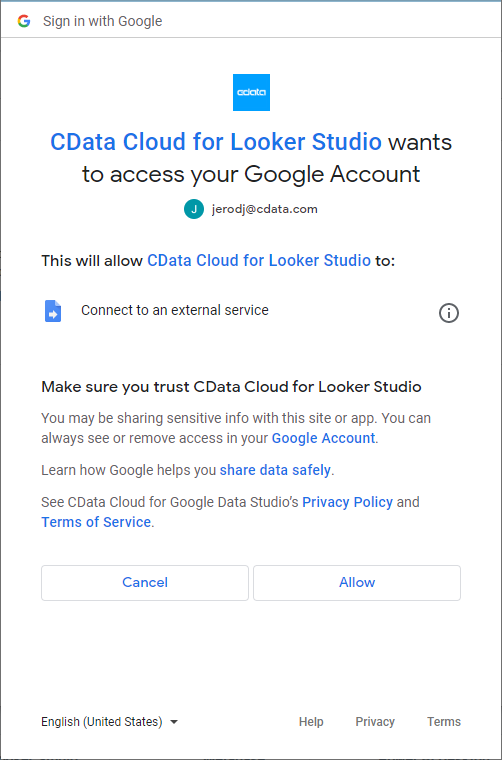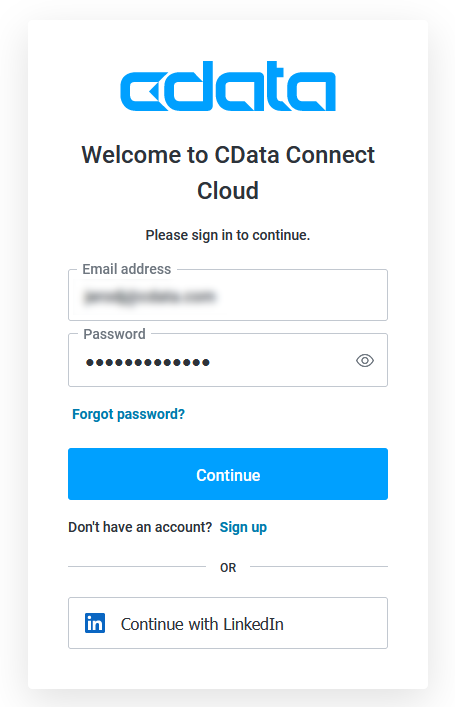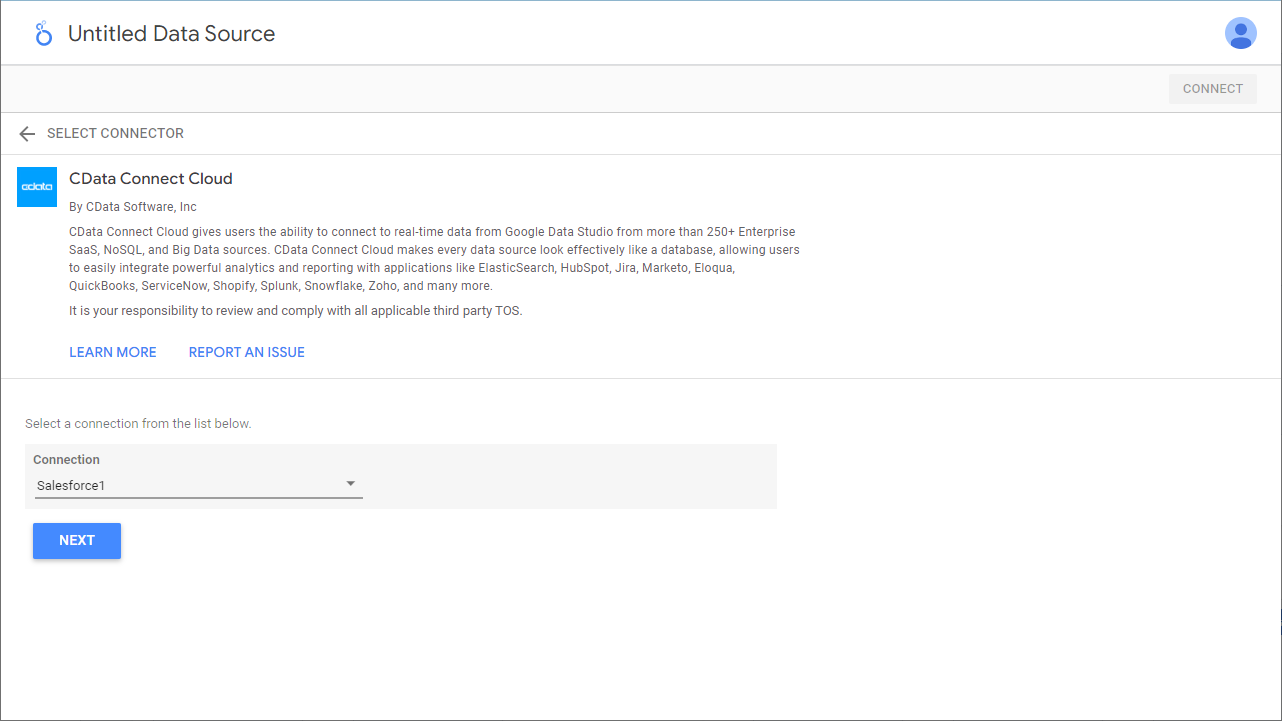Discover how a bimodal integration strategy can address the major data management challenges facing your organization today.
Get the Report →Create Reports from Zuora Data in Looker Studio
Use CData Connect Cloud to gain access to live Zuora data and create custom reports in Looker Studio.
Looker Studio, formerly known as Google Data Studio, empowers users to craft customized reports featuring data visualizations that can be shared with clients while reflecting your brand identity. When combined with CData Connect Cloud, you gain immediate cloud-to-cloud access to Zuora data to create visualizations, dashboards, and more. This article provides step-by-step instructions on establishing a virtual database for Zuora and generating reports from Zuora data within Looker Studio.
CData Connect Cloud offers a seamless cloud-to-cloud interface tailored for Zuora, making it straightforward to construct reports directly from live Zuora data within Looker Studio without the need for data replication. As you create visualizations, Looker Studio generates queries to retrieve data. With its inherent optimized data processing capabilities, CData Connect Cloud efficiently channels all supported query operations, including filters, JOINs, and more, directly to Zuora. This leverages server-side processing to swiftly provide the requested Zuora data.
This article requires a CData Connect Cloud instance and the CData Connect Cloud Connector for Looker Studio. Get more information on the CData Connect Cloud and sign up for a free trial at https://www.cdata.com/cloud.
Configure Zuora Connectivity for Looker Studio
Connectivity to Zuora from Looker Studio is made possible through CData Connect Cloud. To work with Zuora data from Looker Studio, we start by creating and configuring a Zuora connection.
- Log into Connect Cloud, click Connections and click Add Connection
![Adding a Connection]()
- Select "Zuora" from the Add Connection panel
![Selecting a data source]()
-
Enter the necessary authentication properties to connect to Zuora.
Zuora uses the OAuth standard to authenticate users. See the online Help documentation for a full OAuth authentication guide.
Configuring Tenant property
In order to create a valid connection with the provider you need to choose one of the Tenant values (USProduction by default) which matches your account configuration. The following is a list with the available options:
- USProduction: Requests sent to https://rest.zuora.com.
- USAPISandbox: Requests sent to https://rest.apisandbox.zuora.com"
- USPerformanceTest: Requests sent to https://rest.pt1.zuora.com"
- EUProduction: Requests sent to https://rest.eu.zuora.com"
- EUSandbox: Requests sent to https://rest.sandbox.eu.zuora.com"
Selecting a Zuora Service
Two Zuora services are available: Data Query and AQuA API. By default ZuoraService is set to AQuADataExport.
DataQuery
The Data Query feature enables you to export data from your Zuora tenant by performing asynchronous, read-only SQL queries. We recommend to use this service for quick lightweight SQL queries.
Limitations- The maximum number of input records per table after filters have been applied: 1,000,000
- The maximum number of output records: 100,000
- The maximum number of simultaneous queries submitted for execution per tenant: 5
- The maximum number of queued queries submitted for execution after reaching the limitation of simultaneous queries per tenant: 10
- The maximum processing time for each query in hours: 1
- The maximum size of memory allocated to each query in GB: 2
- The maximum number of indices when using Index Join, in other words, the maximum number of records being returned by the left table based on the unique value used in the WHERE clause when using Index Join: 20,000
AQuADataExport
AQuA API export is designed to export all the records for all the objects ( tables ). AQuA query jobs have the following limitations:
Limitations- If a query in an AQuA job is executed longer than 8 hours, this job will be killed automatically.
- The killed AQuA job can be retried three times before returned as failed.
![Configuring a connection (Salesforce is showe)]()
- Click Create & Test
- Navigate to the Permissions tab in the Add Zuora Connection page and update the User-based permissions.
![Updating permissions]()
With the connection configured, you are ready to connect to Zuora data from Looker Studio.
Visualize Live Zuora Data from Looker Studio
The steps below outline connecting to CData Connect Cloud from Looker Studio to create a new Zuora data source and build a simple visualization from the data.
- Log into Looker Studio, click data sources, create a new data source, and choose CData Connect Cloud Connector.
- Click Authorize and allow access to your Google account.
![Granting permissions to the Connector]()
- Click Authorize to authenticate with your CData Connect Cloud instance
![Authenticating with CData Connect Cloud]()
- In the CData Connect Cloud Connector in Looker Studio select a Connection (e.g. Zuora1) and click Next
![Selecting a Connection]()
- Select a Table (e.g. Invoices) or use a Custom Query and click Connect to continue
![Selecting a Table]()
- If needed, modify columns, click Create Report, and add the data source to the report.
- Select a visualization style and add it to the report.
- Select Dimensions and Measures to customize your visualization.
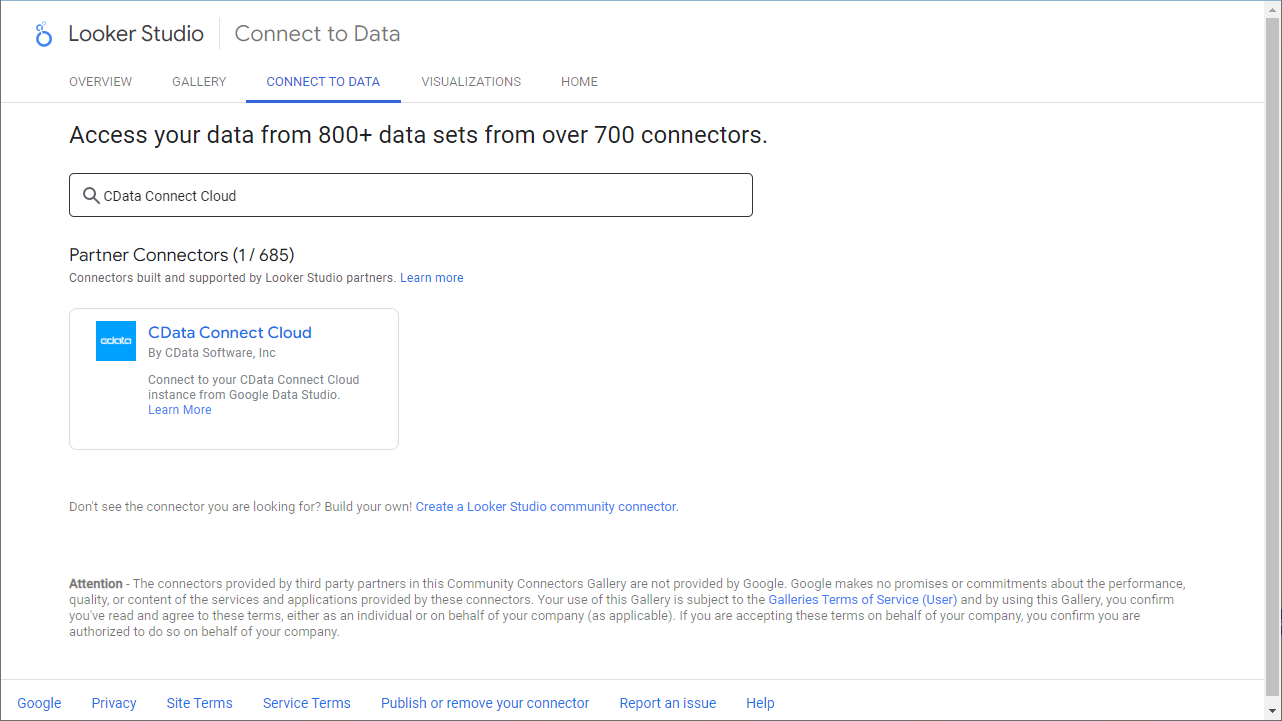
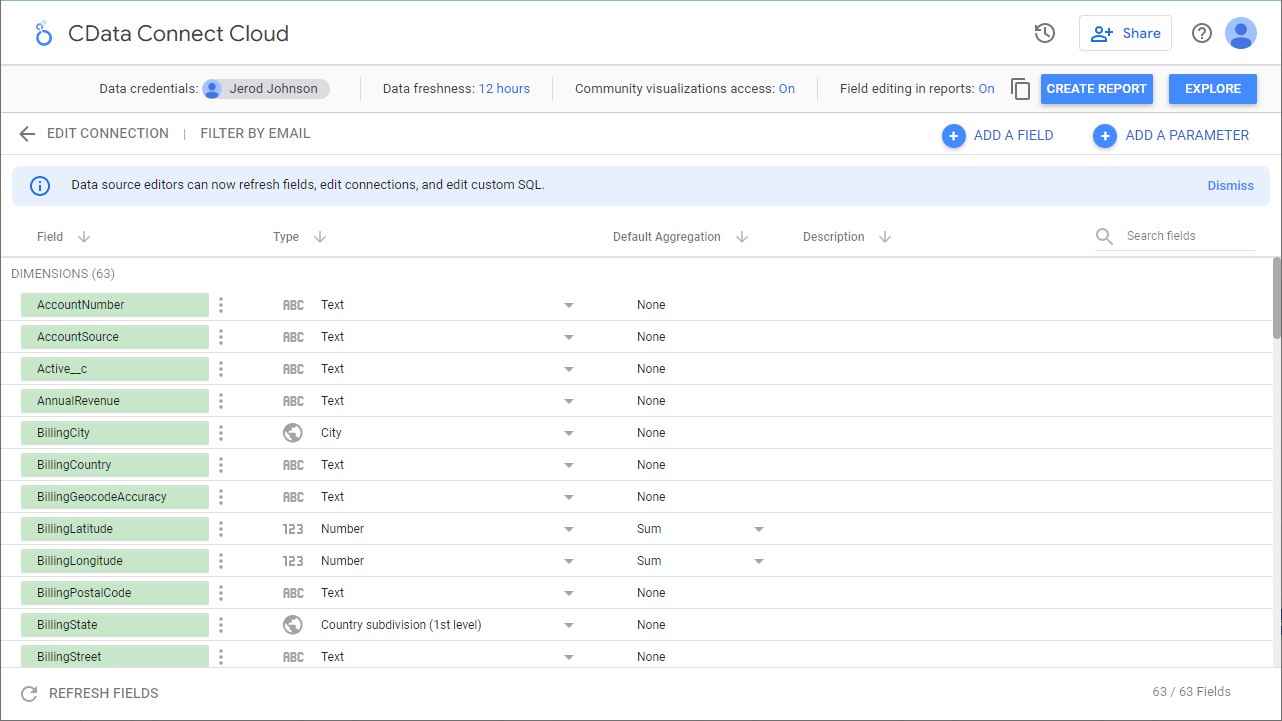
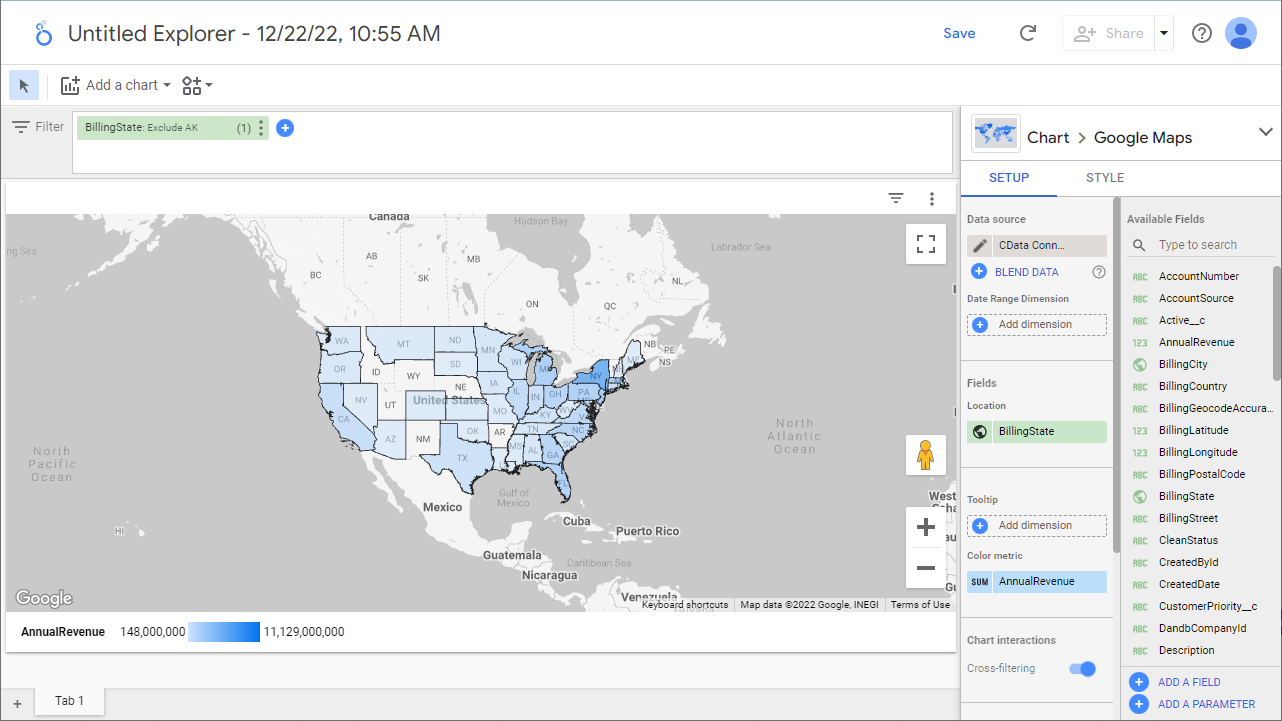
Live Access to Zuora Data from Cloud Applications
Now you have a direct, cloud-to-cloud connection to live Zuora data from your Looker Studio workbook. You can create more data sources and new visualizations, build reports, and more — all without replicating Zuora data.
Try CData Connect Cloud and get real-time data access to 100+ SaaS, Big Data, and NoSQL sources directly from your cloud applications.










